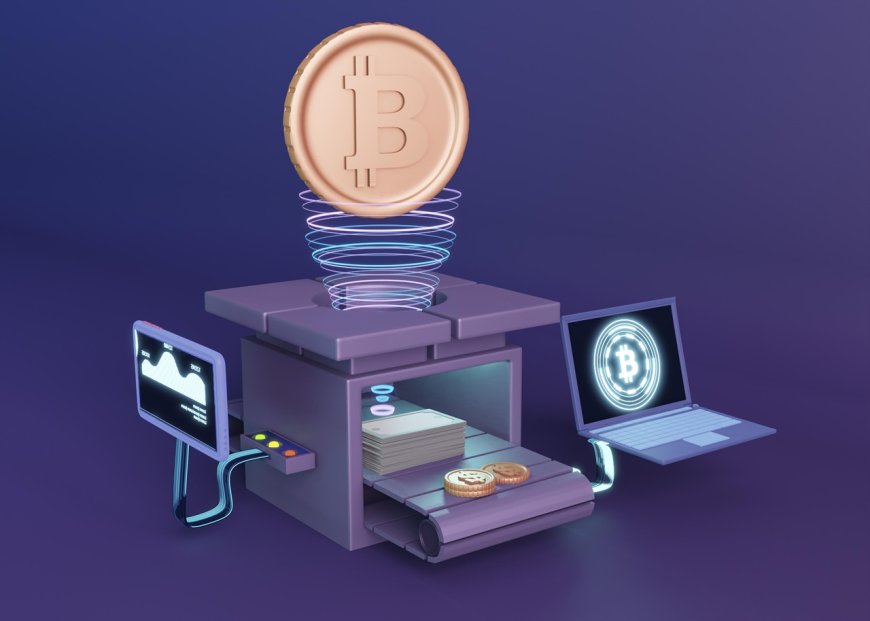Blockchain for Beginners: A Simple Guide to Decentralized Technology
Discover how blockchain technology works, its real-world applications, and why decentralization matters. Perfect for beginners—start your blockchain journey here!
Introduction
Blockchain technology is reshaping industries like finance, healthcare, and logistics, but it’s often misunderstood. If terms like decentralization, nodes, or cryptography sound intimidating, don’t worry—this guide breaks down blockchain into bite-sized, easy-to-digest concepts. By the end, you’ll understand how this revolutionary technology works and why it’s more than just Bitcoin.
What is Blockchain?
Blockchain is a decentralized digital ledger that records transactions across multiple computers. Unlike traditional databases controlled by a single entity (e.g., a bank), blockchain operates on a peer-to-peer network where everyone participates in validating data.
Key Analogy:
Think of it like a shared Google Doc. Instead of one person owning the document (centralized), everyone has access to edit and verify changes (decentralized). Once a change is made, it’s permanently saved and visible to all.
How Does Blockchain Work?
Let’s simplify the process:
-
Transaction Initiation: User A sends money or data to User B.
-
Block Creation: The transaction is grouped with others into a “block.”
-
Verification: Network nodes (computers) validate the block using consensus mechanisms like Proof of Work or Proof of Stake.
-
Chaining Blocks: Once verified, the block is added to the existing chain of blocks—creating a permanent, unalterable record.
Example:
If you send Bitcoin to a friend, miners (nodes) confirm the transaction isn’t fraudulent. Once approved, it’s added to the blockchain, and your friend receives the funds.
Key Features of Blockchain
-
Decentralization: No central authority controls the network.
-
Immutability: Data can’t be altered once recorded.
-
Transparency: All participants can view transactions.
-
Security: Cryptographic hashing protects data from tampering.
Real-World Use Cases
Blockchain isn’t just for crypto! Here’s how it’s solving real problems:
-
Finance: Faster cross-border payments (e.g., Ripple).
-
Healthcare: Secure patient records (e.g., MedRec).
-
Supply Chain: Track products from farm to shelf (e.g., IBM Food Trust).
-
Voting: Tamper-proof election systems (e.g., Voatz).
Common Challenges
Blockchain isn’t perfect—here’s why adoption can be slow:
-
Scalability: Networks like Bitcoin process only 7 transactions per second (vs. Visa’s 24,000).
-
Energy Consumption: Proof of Work requires massive computational power.
-
Regulation: Governments struggle to create laws for decentralized systems.
The Future of Blockchain
Experts predict these trends will dominate:
-
Green Blockchain: Eco-friendly consensus models (e.g., Proof of Stake).
-
Interoperability: Blockchains “talking” to each other (e.g., Polkadot).
-
Enterprise Adoption: Companies like Walmart and Maersk using blockchain for logistics.
FAQs
-
Is blockchain only for cryptocurrency?
No! It’s used in supply chains, healthcare, voting, and more. -
Can blockchain be hacked?
Extremely unlikely. Altering data would require hacking 51% of the network simultaneously. -
What’s the difference between Bitcoin and blockchain?
Bitcoin is a cryptocurrency; blockchain is the technology that powers it. -
How do I start using blockchain?
Explore wallets like MetaMask or platforms like Ethereum to build decentralized apps. -
Is blockchain legal?
Yes, but regulations vary by country. Always check local laws.
Call-to-Action:
Got questions? Drop a comment below or subscribe for more beginner-friendly tech guides!

 biosxtech
biosxtech 







